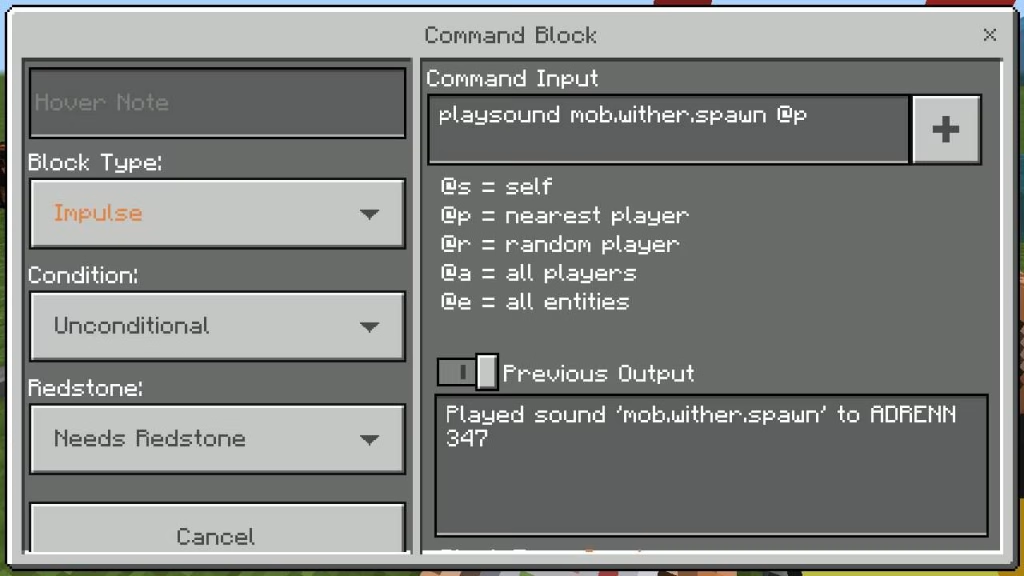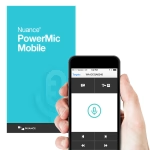In today’s hyperconnected world, audio plays a critical role in making digital environments more intuitive, responsive, and immersive. Whether you’re a software engineer, game developer, or app creator, understanding how to trigger audio playback programmatically can greatly improve the quality of your projects.
This guide will walk you through how sound playback functions work in different programming environments, their most common use cases, and how they contribute to modern user experiences.
🔊 What Are Sound Playback Commands?
At their core, these are programmatic instructions that trigger audio files — such as .mp3, .wav, or .ogg — to play under specific conditions. They’re found across a variety of platforms and languages, enabling developers to enhance interaction through sound.
Rather than relying on visual cues alone, audio feedback can alert users, confirm actions, or simply make applications feel more dynamic.
🧑💻 Where Are They Used?
Sound triggers are widely applied in:
🎮 Video games – To provide real-time feedback, create atmosphere, or advance narratives.
📱 Mobile apps – For UI feedback, notifications, or interactive learning.
🖥️ Desktop applications – In productivity tools, alarms, or accessibility features.
🌐 Web experiences – For enhanced interaction via HTML5 and JavaScript APIs.
🔧 Real-World Implementation Examples
Let’s take a look at how these commands are implemented in popular programming environments.
🐍 Python
In Python, one of the simplest ways to play an audio file is by using the playsound library:
This minimalistic approach is perfect for quick scripts or educational projects.
🌐 JavaScript (Web)
Web developers often rely on HTML5’s <audio> element to manage sound:
This method works seamlessly in modern browsers and supports common formats like MP3 and OGG.
☕ Java
For more advanced use cases, Java provides the Clip class via javax.sound.sampled:
Ideal for cross-platform desktop applications where sound precision matters.
⚠️ Key Considerations Before You Add Audio
🎵 File Compatibility
Different environments support different formats (e.g., .mp3, .wav, .ogg). Check compatibility before deployment.
💾 Performance
High-quality audio files can consume system memory. Avoid overloading your application by compressing or lazy-loading sounds.
🧏 Accessibility
Always give users the option to mute or disable audio. Sound should never replace critical functionality, especially for visually impaired users.
📐 Best Practices for Developers
To ensure professional-grade implementation, follow these tips:
Compress files without compromising clarity (e.g., 128 kbps for voice, 192 kbps for music).
Use non-blocking audio calls to prevent UI freezes.
Include fallback behavior in case audio doesn’t play.
Let users control volume, mute, or disable audio completely.
Avoid autoplay without user interaction — many browsers block it.
🔮 The Future of Sound in Tech
🤖 AI and Context-Aware Sound
Future applications may personalize sound based on mood, context, or even biometric data. Think apps that adapt music based on your productivity or energy level.
🕶️ VR and AR Integration
In immersive technologies, audio cues are crucial for realism. Advanced 3D sound libraries are already being used in metaverse-style applications and gaming.
♿ Accessibility Advancements
Text-to-speech tools and auditory prompts help bridge the gap for users with visual or cognitive impairments. Future versions will offer better voice detection, smart captioning, and more.
✅ Summary
Sound playback commands, regardless of programming language or platform, are vital tools for developers today. They:
Enhance interactivity
Improve user engagement
Support accessibility
Provide feedback loops in real time
Whether you’re building a game, a notification system, or an educational app, knowing how to use audio programmatically adds value to your product — and brings it to life.


